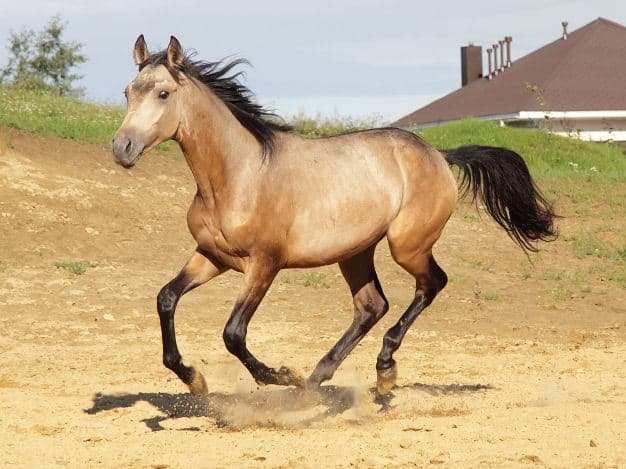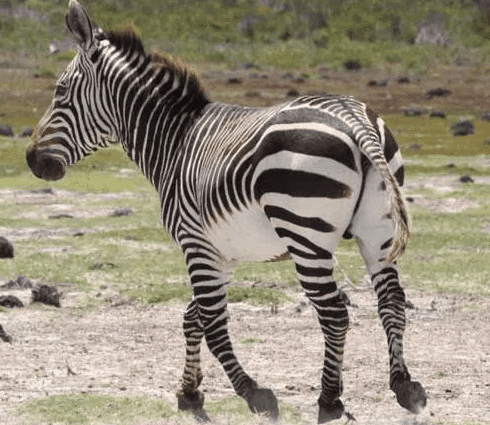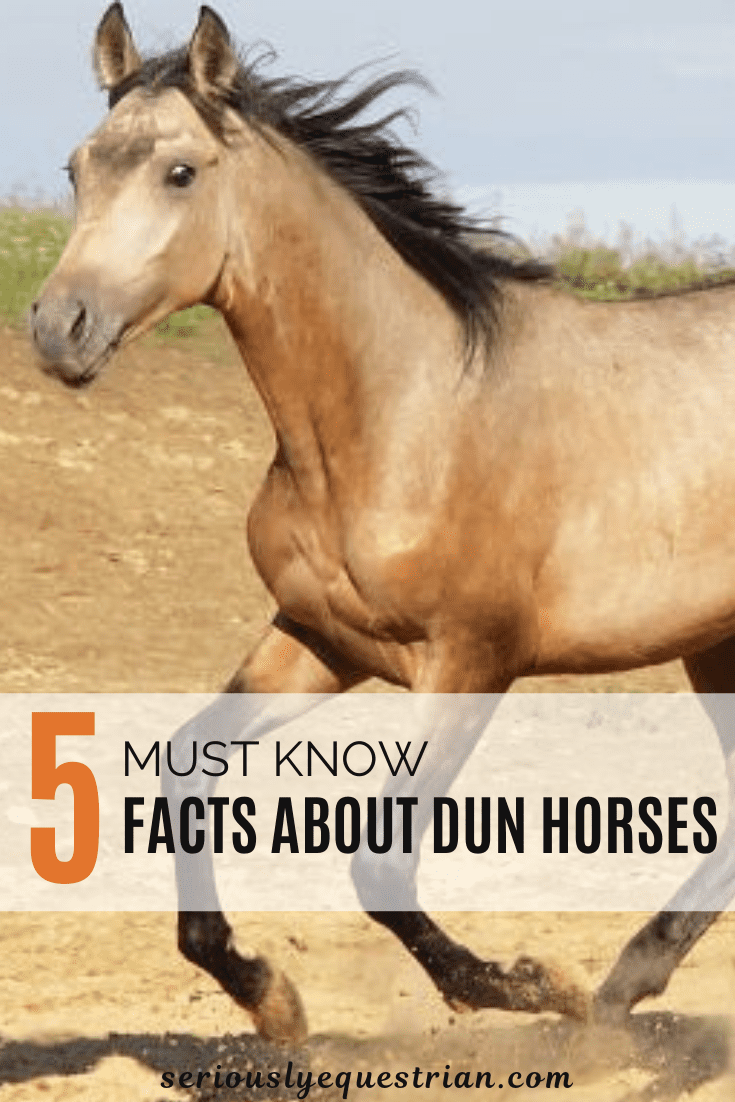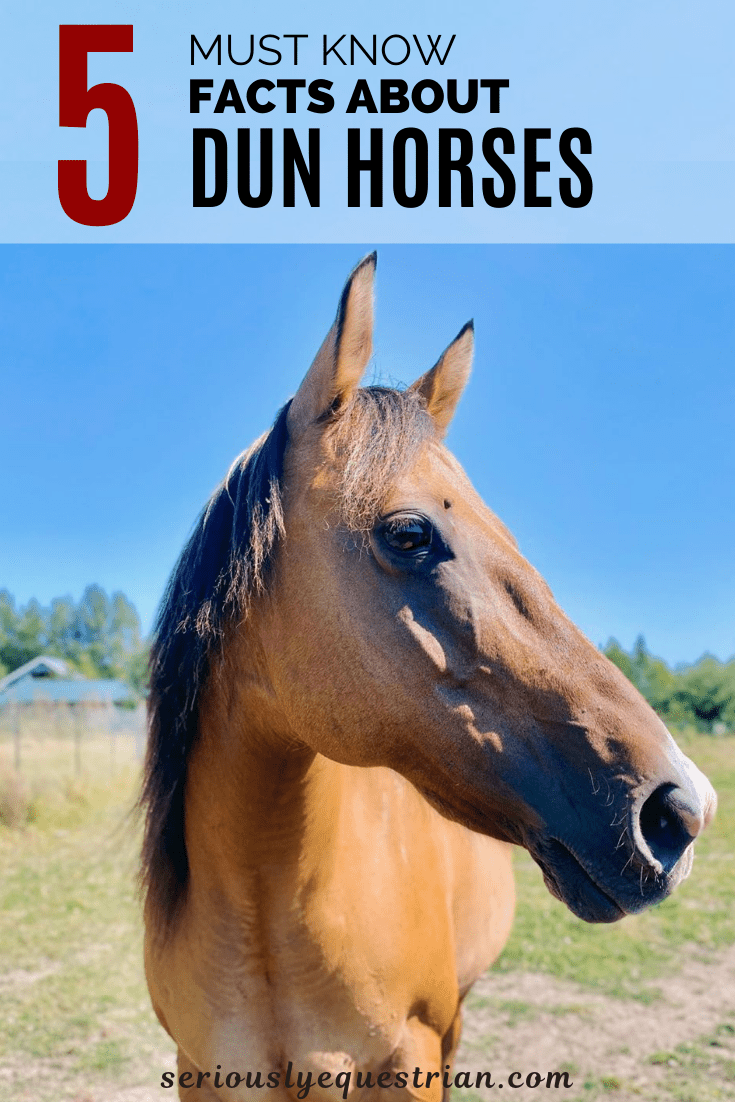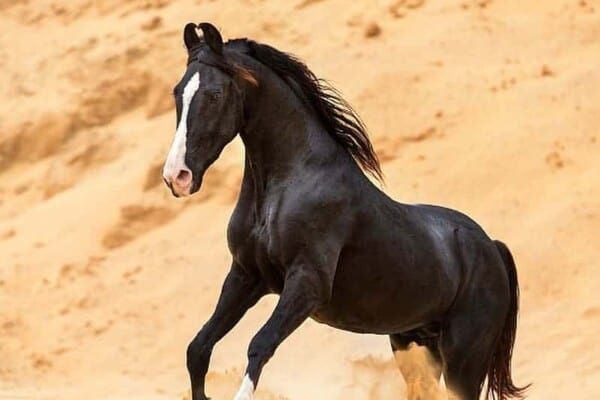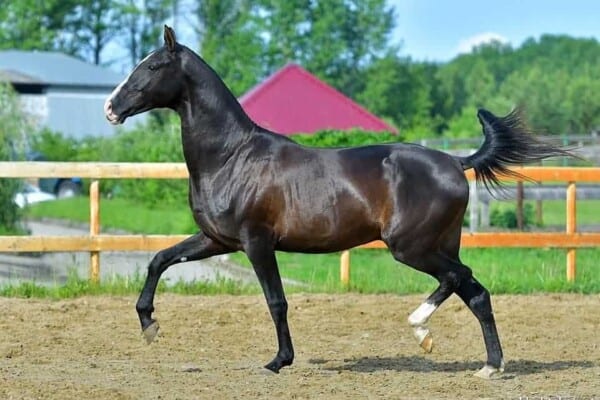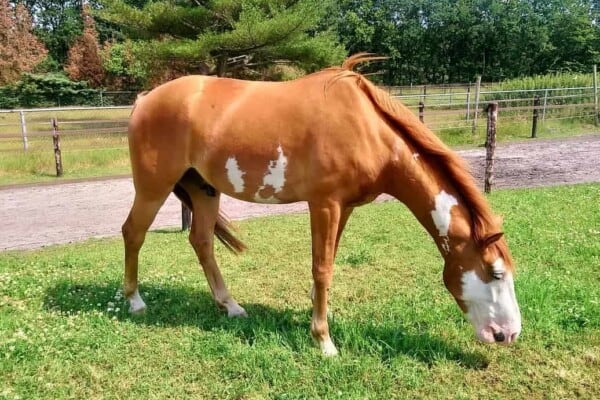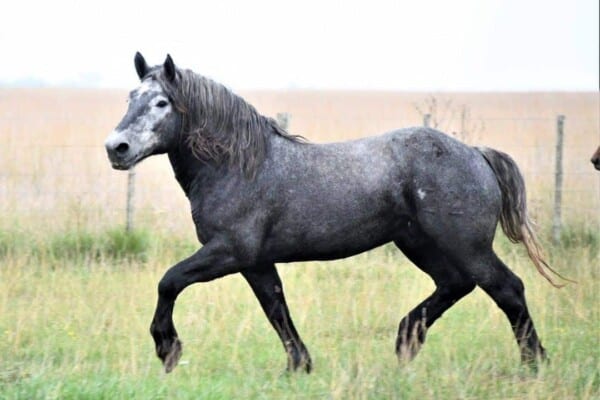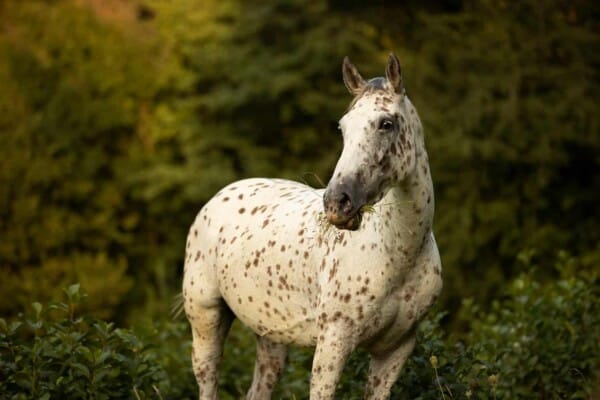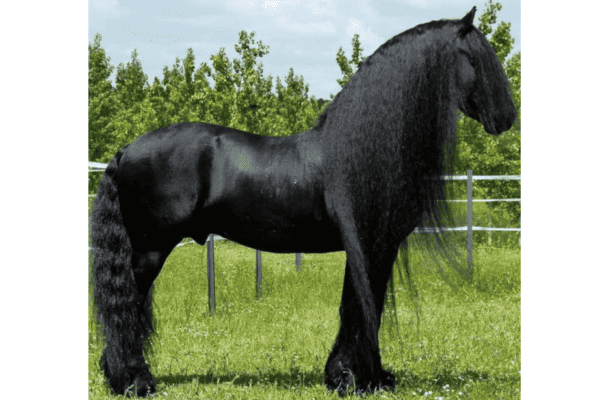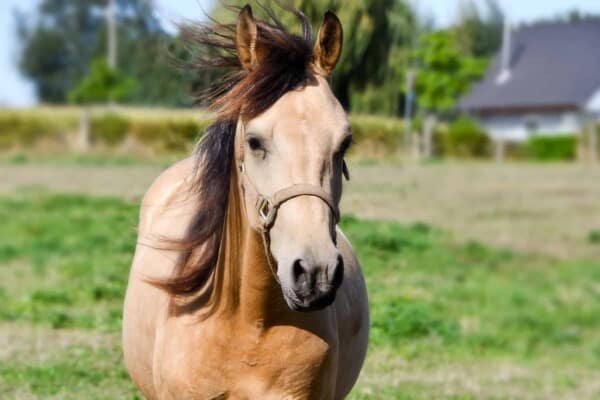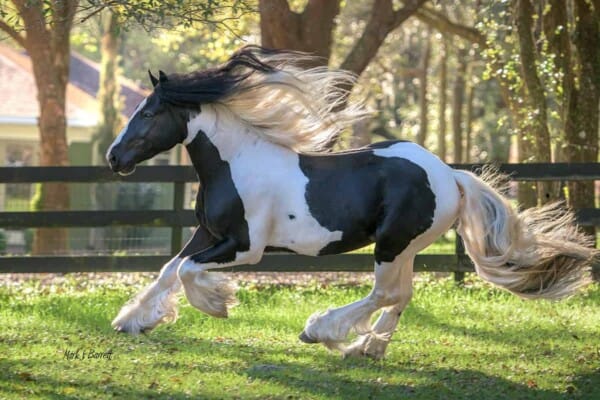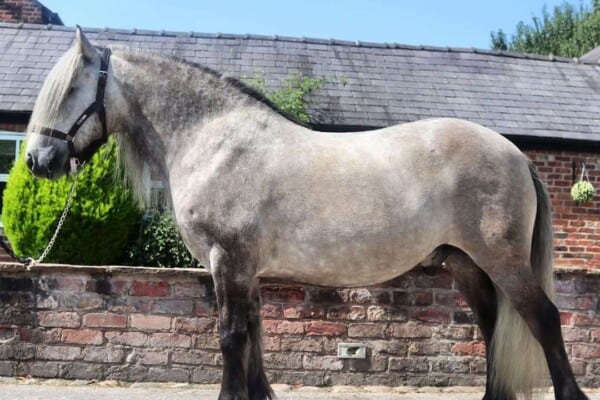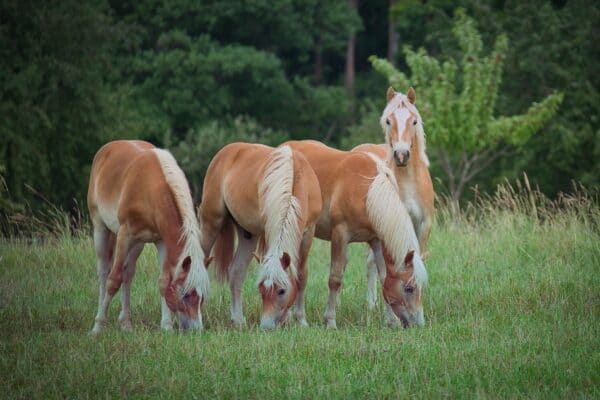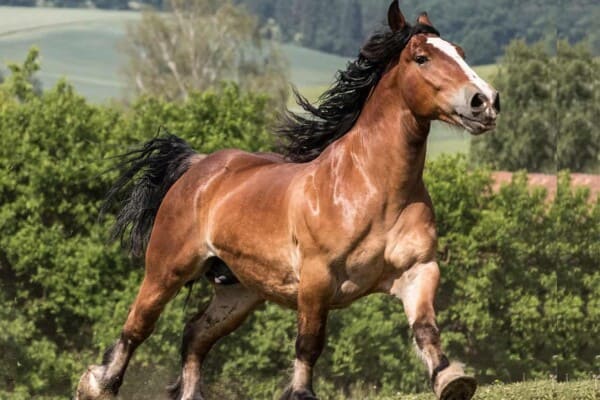When somebody mentions a Dun horse they are usually referring to a specific coloration of horse. A classic dun horse has a tan color or a grey gold color that is easy to distinguish
Duns horses are not a specific but instead share a specific Dun gene that is responsible for their coloration. This gene is responsible for lightening the body and the horses primitive markings that can be seen on the ears, legs, tail, and mane. Their coloration and primitive markings are a result of their genetic connection to some of the first species of wild horses that roamed Central Asia.
The Dun gene can be found in many different horse breeds including the fjord horse, Icelandic horse and the Shetland pony. The gene is also present in many other breeds but may not be as prevalent in terms of color and markings. The unique coloring and aesthetic of classic Duns horse in particular make them attractive to many people who are often prepared to pay more for a Dun horse in their breed of choice.
Here are some facts about Dun horses that you may not have known:
1. There are 3 shades of Dun
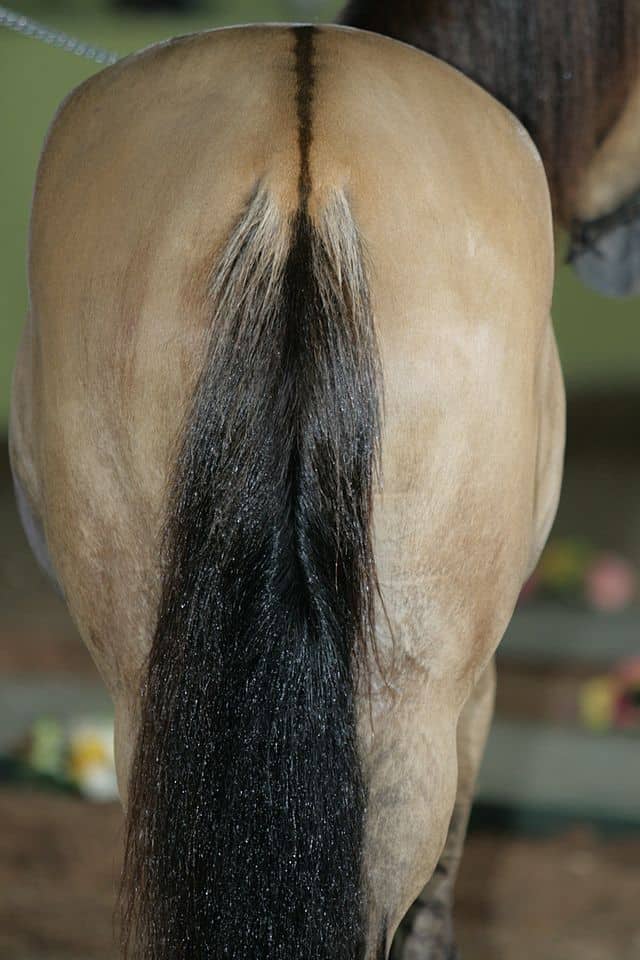
Classic Dun horses also known as Zebra Dun or just Dun are the most common type of Dun horses. They have a tan or dusty gold colored body as well as a black mane, tail, and primitive markings on their back and legs.
Red Dun horses are also known as Claybacks and have a light tan coat. These horses would otherwise be chestnut if they did not possess the Dun Gene which lightens the color of their coat. The gene also gives their main and tail a reddish color.
Grulla (or grullo) is a color variety of dun, a coat color of horses, recognized by tan-gray hairs on the body with dorsal stripes on the back and black point coloration on the lower legs, mane, and tail. Grulla horses carry the dun dilution gene along with the black gene and possess mouse-colored hairs.gene.
2. True Duns have a dorsal stripe in the middle of their back
A dorsal stripe is a clean, crisp mark that runs through a horses mane to the dock of its tail. It is permanent and is the color of the horses’ base coat color. A dorsal stripe on a bay horse, however, can be either black or reddish.
3. Dun horses were present in the Old Stone Age and are among the first species of known horses.
Ancient prehistoric cave paintings such as in Chauvet Cave display several depictions of Dun horses. These depictions also included the The Przewalski which is a breed of wild horse that has the Dun gene and is currently on the endangered list of breeds.
Dun horses have been long before the domestication of horses and modern breeds which is only thought to have begun approx 4,600 years ago in Central Asia.
4. Most Duns display Horizontal striping on the back of forelegs.
The presence of a dorsal stripe is present in all dun horses and is one of the primary markers of a Dun Horse. After that next most common trait is the horizontal striping that can be found at the back of the forelegs. This striping may be very feint in some breeds of Dun horse.
5. Zebras can also be considered a variant of dun
We know that Zebras share a lot of the same genetic code as horses. Dun horses in particular are even more closely related to Zebra than other horses.
With Zebras the dilution is so extreme that it turns the hair nearly white Also in the case of the zebra the primitive striped leg markings mentioned above are extended across their entire body

